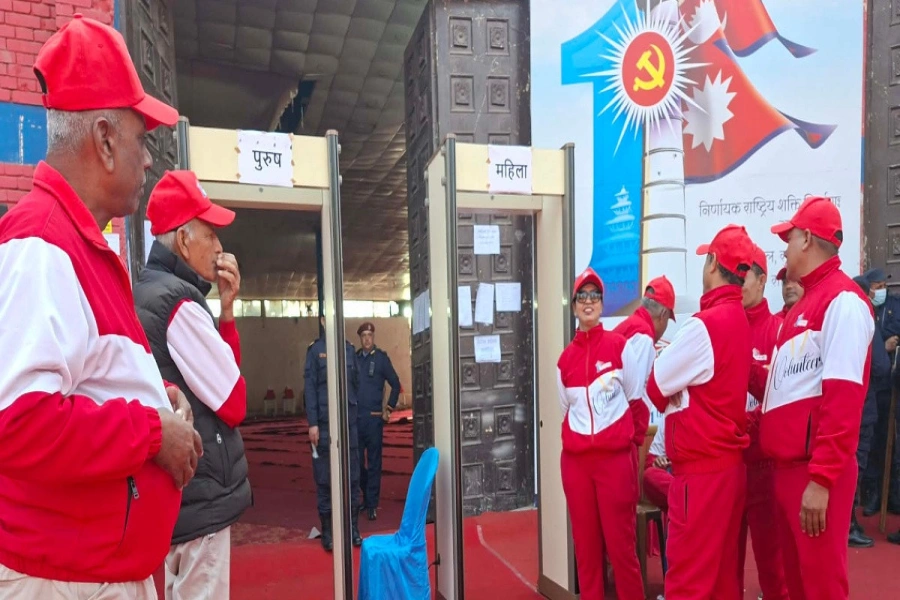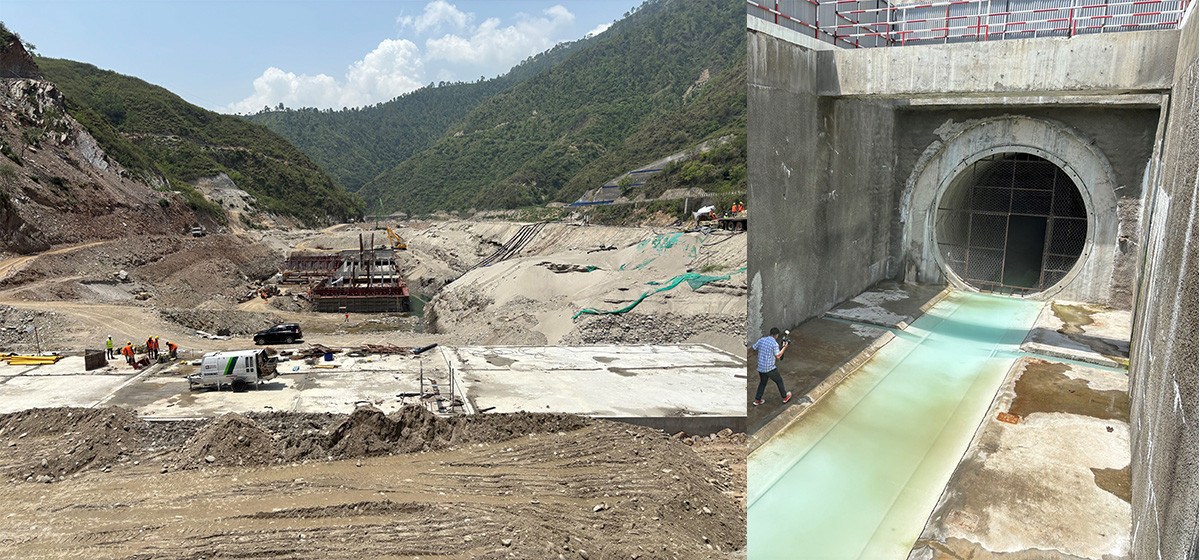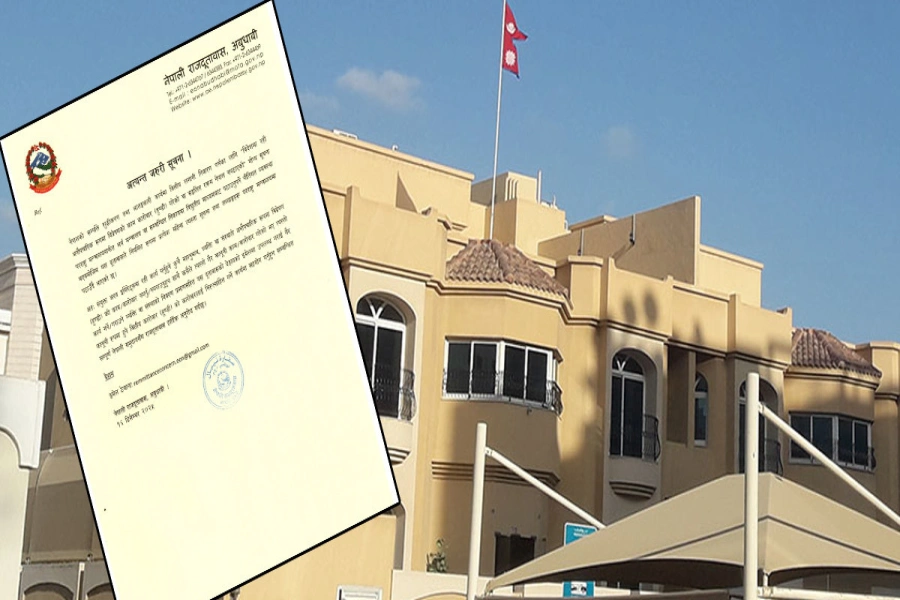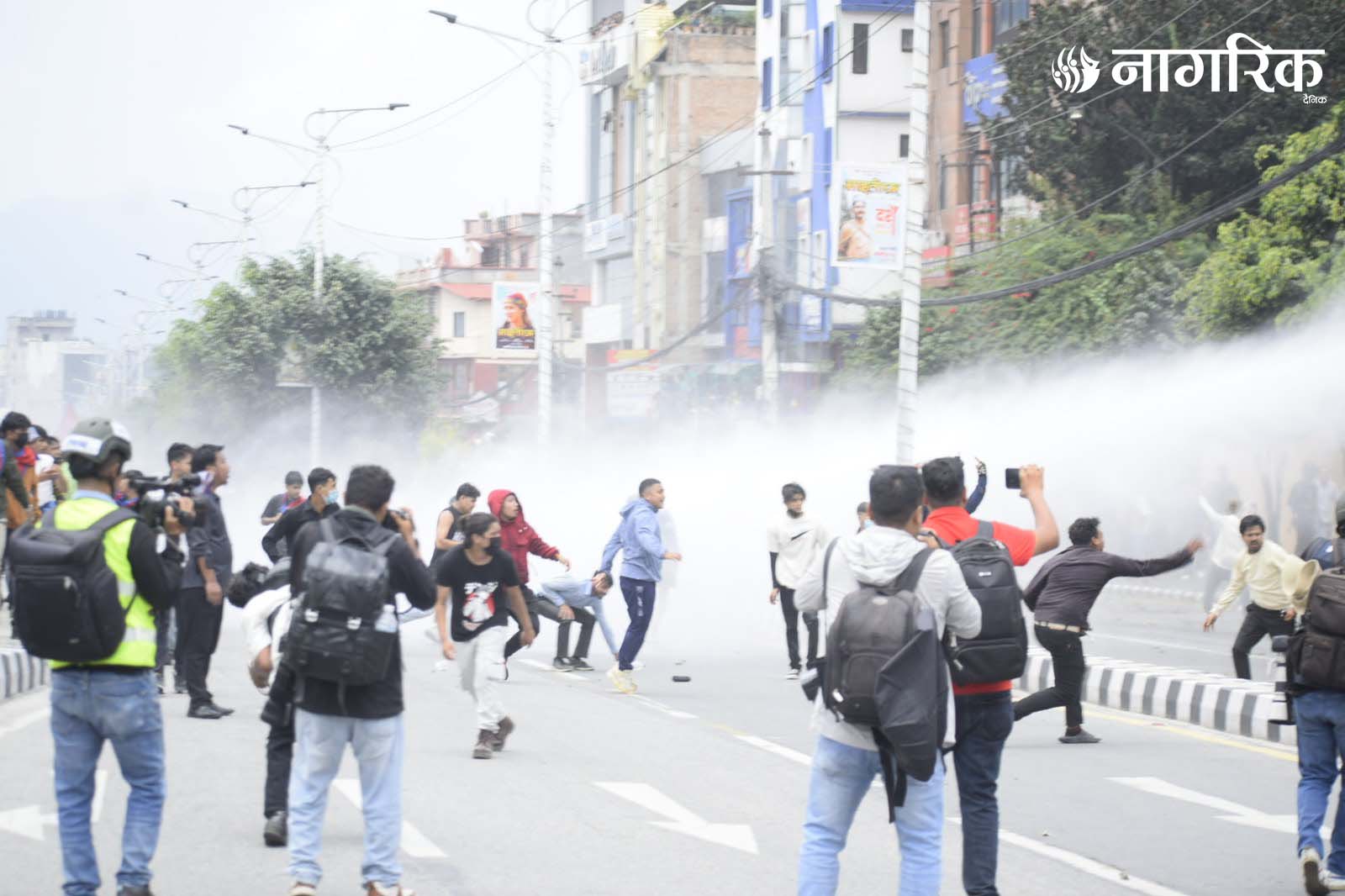The earthquake in 1988, for instance, that resulted in extreme damages to a lot of buildings brought to attention the need for changes and improvements in building designs and construction. [break]
The National Building Code was thus prepared in 1993 as part of a bigger project to tone down the effects of earthquake on buildings.
Most countries which have been successful in implementing building codes have achieved it over a period of decades. Even with the building codes, most buildings in Nepal were and are still being constructed with little or no regard for safety.
Moreover, in recent years, a large number of building projects are hastily constructing structures that are of unacceptable standards and prone to damages and subsequent collapse in case of an earthquake.
The building codes of Nepal primarily deal with matters relating to the strength of the buildings.
Site considerations, safety during construction, and fire hazards are also however some of the important points in the building codes which provide guidelines and regulations for the construction of buildings in Nepal.
“The building code mainly deals with the structure of the building and reinforcements used in them to make sure they are safe and strong,” says Sagar Krishna Joshi, building code section chief at the Department of Urban Planning and Building Construction.
He adds that the Ministry concerned does not grant permission to construct a building unless and until certain criteria are met.
But on the other hand, most residential buildings do not have the needed designs for strength. Our municipalities have a system of granting building permits based on the plan and layout of the structure of the buildings.
The building permit process takes into account the design plan and building by-laws, including maximum ground coverage, minimum area of open land surface, and distance between two blocks, among other things, but there is no provision in them for the strength criteria.
“We have set up a revision committee and are in the process of revising the building code. The current building code is only valid for high-rise apartments and commercial complexes whereas the revamped building code will include residential structures as well,” adds Joshi.

On the professional front, too, there is no system of controlling the professional standards of engineers and designers while constructing a building as is specified in the building code.
Most of the buildings in Nepal are built by owner-builders who follow the advice of local craftsmen. Hence they are hardly aware of the possible disastrous consequences of imminent earthquakes.
Nor do they have any access to information related to safer building practices and incorporation of simple earthquake-resisting features.
Biresh Shah, architect at Archiplan in Bishal Nagar, is of the view that the government does not follow up after passing a building plan which is why the building designs are tweaked during the construction process.
“There are so many buildings coming up now that the government does not have enough manpower to check whether or not the buildings are being constructed as per the plan submitted while acquiring permits,” says Shah.
Shah’s statement will ring true upon coming across many buildings throughout the Kathmandu Valley as most of them have substandard emergency exits and lack refugee areas. Since the government does not issue permits if the designs plans do not meet these requirements, the reason for these aspects being overlooked during construction can be blamed on the their negligence in following up.
“Rapid urbanization has resulted in buildings in every possible space within the Valley. And in addition, there are more being constructed. If building codes are not followed and safety is not given utmost priority, then the repercussions of it after an earthquake will be massive,” adds Shah.
Arun Dev Pant, architect at Design Cell, agrees with Shah and mentions that since the building code has been formulated keeping safety of the citizens in mind, it needs to be paid attention to.
“The building code focuses on safety and so it should be mandatory for all new buildings to follow its guidelines,” says Pant.
Pant, however, adds that where safety is concerned, it is not only enough to follow the building codes but the building by-laws also need to be heeded.
“The building by-laws define how the city is developed. The building codes are limited to the strength and structure of the building. It is the by-laws that specify how and where the buildings should be built, which is equally important.”
Building codes, if implemented properly, will safeguard the city against devastating effects of an earthquake whereas abiding by the building by-laws will guarantee further safety.
Joshi believes that after the revision committee completes its task of updating the current building codes, the city will witness enhanced safety in the construction of new buildings.
The acceptance of safety requirements and hence the adoption of building codes also depends upon the awareness level of those involved with the building projects.
The contractors, designers, architects and owners need to make safety the main priority during building construction. When there is a demand to meet safety standards, only then will building codes and by-laws be stringently followed.
Enforcement of Civil and Criminal Codes from August doubtful







































